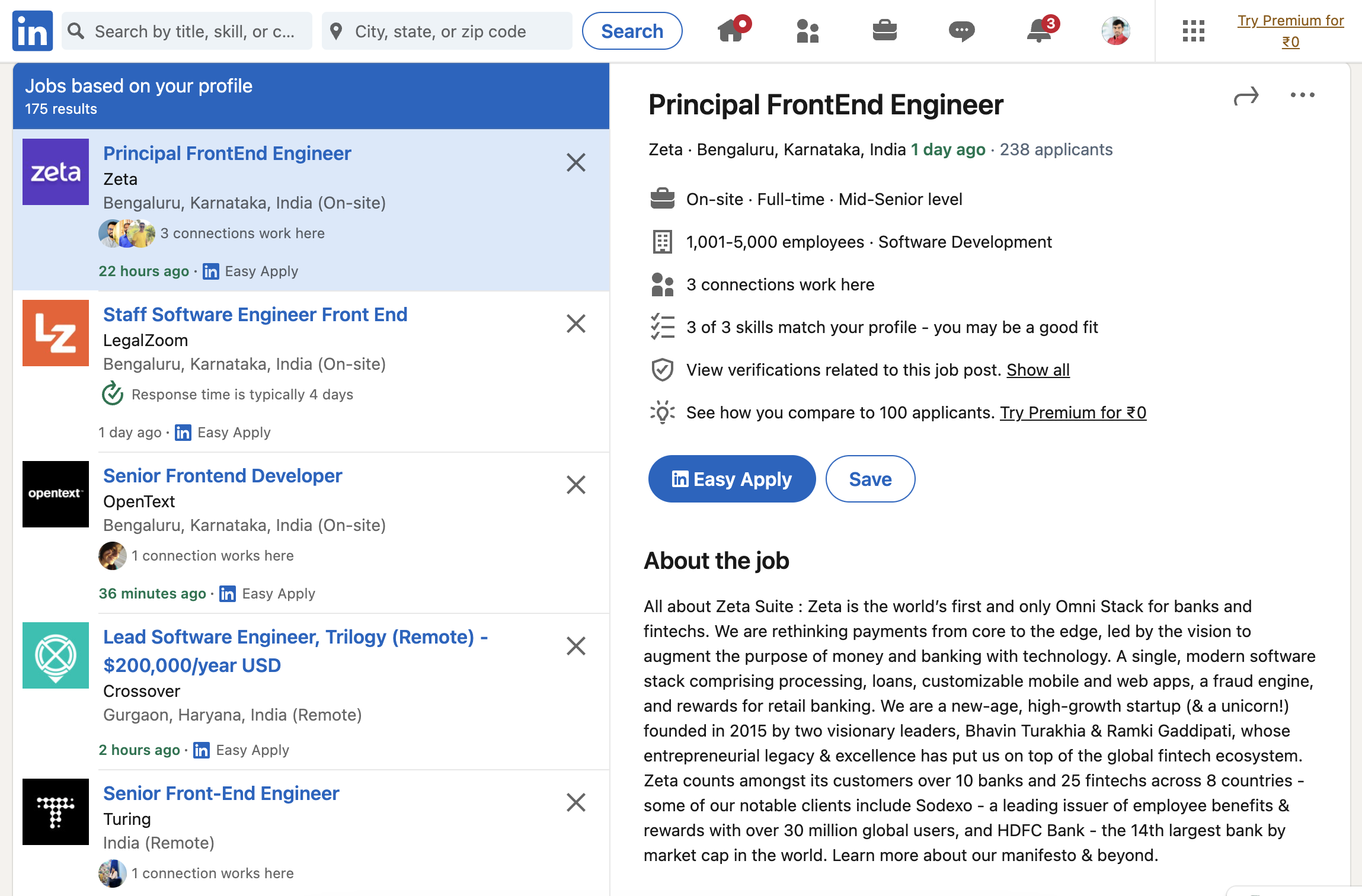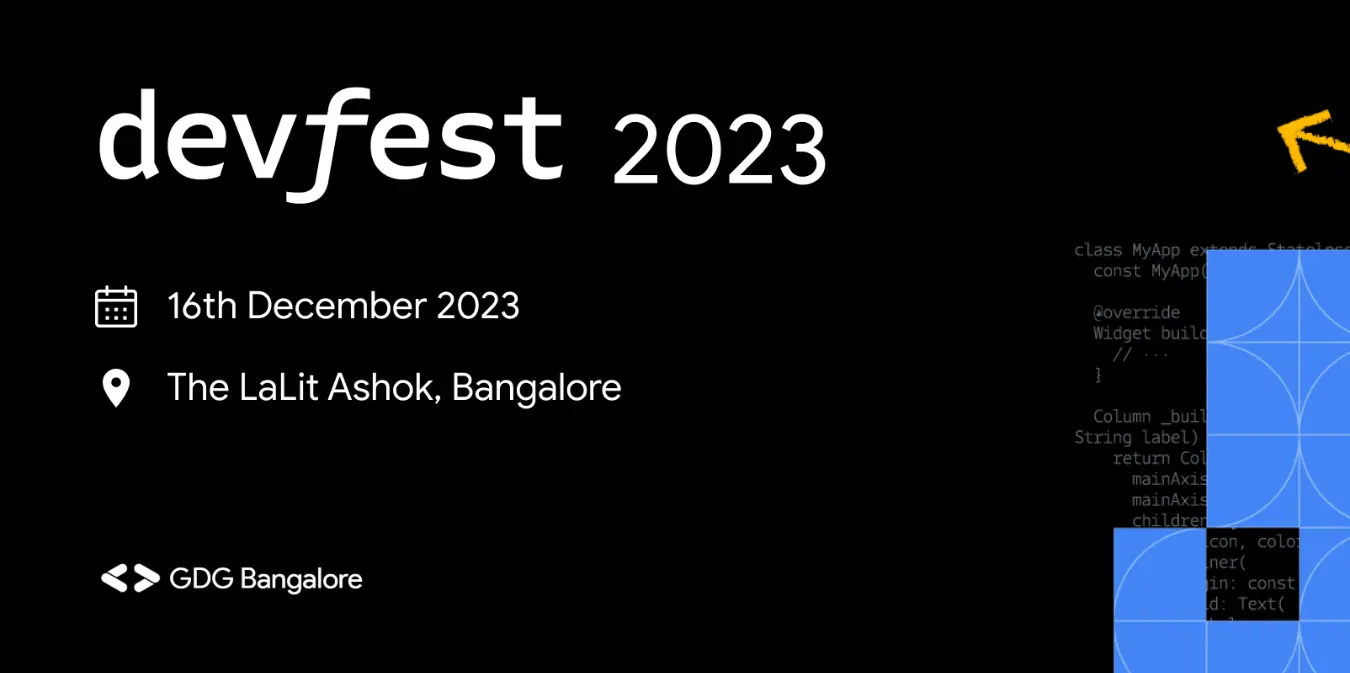Insights from Principle Frontend Job Descriptions - Week 2, 2024

Welcome back to our ongoing series, "Insights from Job Boards." In this week's edition, we delve into the crucial job market requirements for senior-level Frontend Managers. These insights are gathered from the second week of 2024, shedding light on the skills and expertise demanded by today's dynamic professional landscape. More posts related to this series can be found with hash-tag job-descriptions.
-
Extensive Experience and Academic Prowess: Senior Frontend Managers are expected to bring over a decade of hands-on experience to the table, coupled with a valid Computer Science degree. Proficiency in application architecture, software R&D, product engineering, and full-stack development is paramount.
-
Mastery of Architectural Paradigms: Candidates should exhibit proficiency in both monolith and micro frontend architectures, showcasing their adaptability to diverse technological frameworks.
-
Proficiency in Key Frontend Technologies: A prerequisite for the role is proficiency in React and Redux, complemented by expertise in at least one MV* framework such as Angular. This ensures a well-rounded skill set in the rapidly evolving frontend landscape.
-
Embrace of Testing and CI/CD Best Practices: Senior Frontend Managers must be well-versed in testing tools and the setup of Continuous Integration/Continuous Deployment (CI/CD) processes. The expectation is to design and deploy robust frameworks and governance structures for SaaS engineering.
-
Leadership and Project Management Skills: Successful candidates will have a proven track record of leading large development teams, crafting elegant solutions, managing engineering scope, schedules, and costs. Additionally, they should be adept at assessing developer productivity and ensuring comprehensive technical documentation.
-
Expertise in Data Visualization: Experience in contributing to interactive dashboards, visualization platforms, and GIS applications is highly desirable. This reflects the growing importance of data representation and user engagement in modern web development.
-
Continuous Learning and Thought Leadership: A commitment to staying abreast of the latest software engineering developments is crucial. Candidates are expected to establish reference architectures, generate thought leadership, and contribute to high-end intellectual property generation.
-
Accessibility Awareness: Strong familiarity with Web Accessibility standards is a must. Knowledge of tools and libraries like Canvas, SVG, and others is an added advantage, showcasing a commitment to inclusive and user-friendly design.
-
Holistic Understanding of Software Engineering Practices: Candidates should possess knowledge in Agile/Scrum methodologies, API Lifecycle Management, DevOps, Microservices, and SaaS/PaaS engineering. Exposure to major cloud platforms (preferably GCP), Open Source projects, and industry best practices is essential.
-
Advanced Scripting Skills: Proficiency in scripting languages such as Python, Perl, TCL, UNIX shells, or equivalent is expected. Familiarity with public cloud providers (AWS, GCP, Azure), as well as container technologies like Docker and Kubernetes, is a valuable asset in the modern tech landscape.
In conclusion, the role of a Senior Frontend Manager in 2024 demands a comprehensive skill set that spans technology, leadership, and innovation. As the digital landscape continues to evolve, staying at the forefront of these requirements will be key to thriving in the competitive job market.



